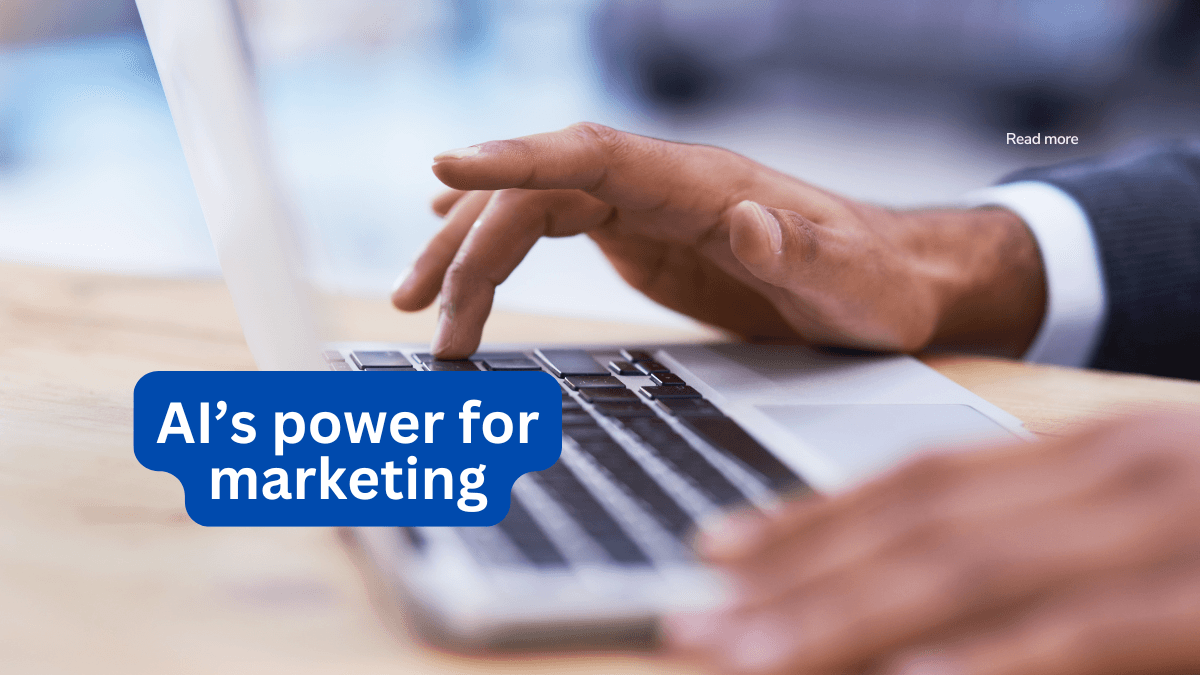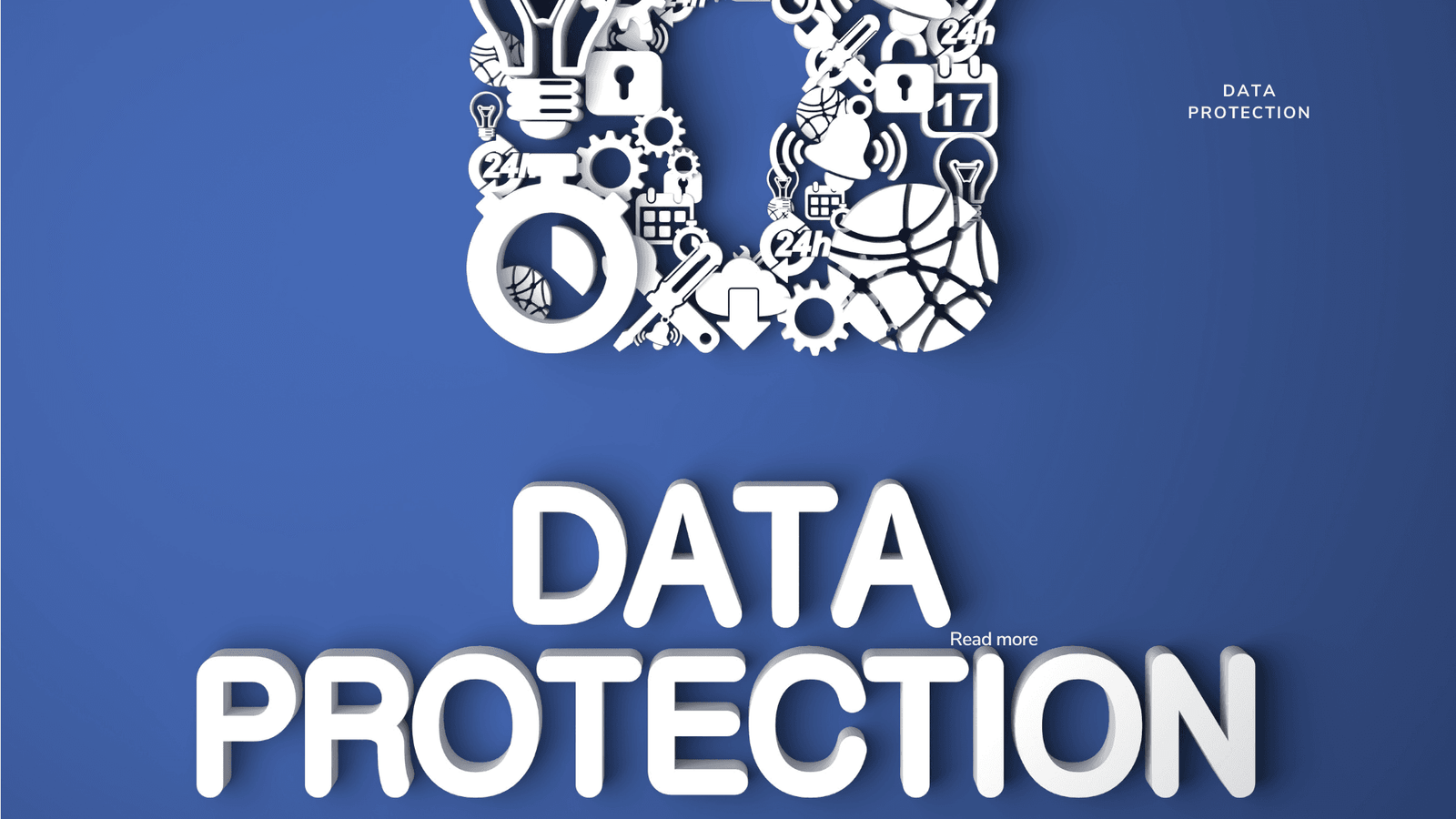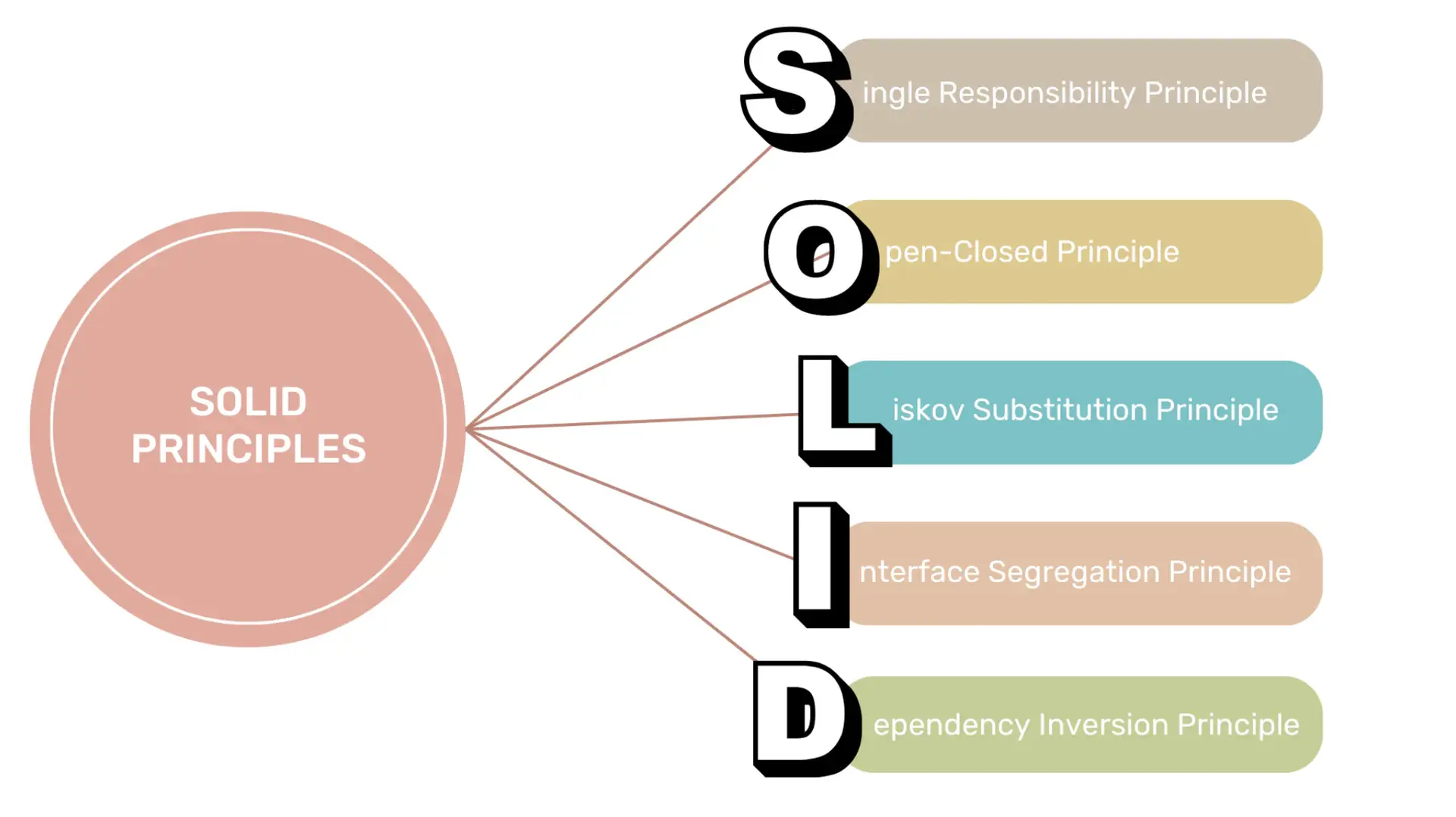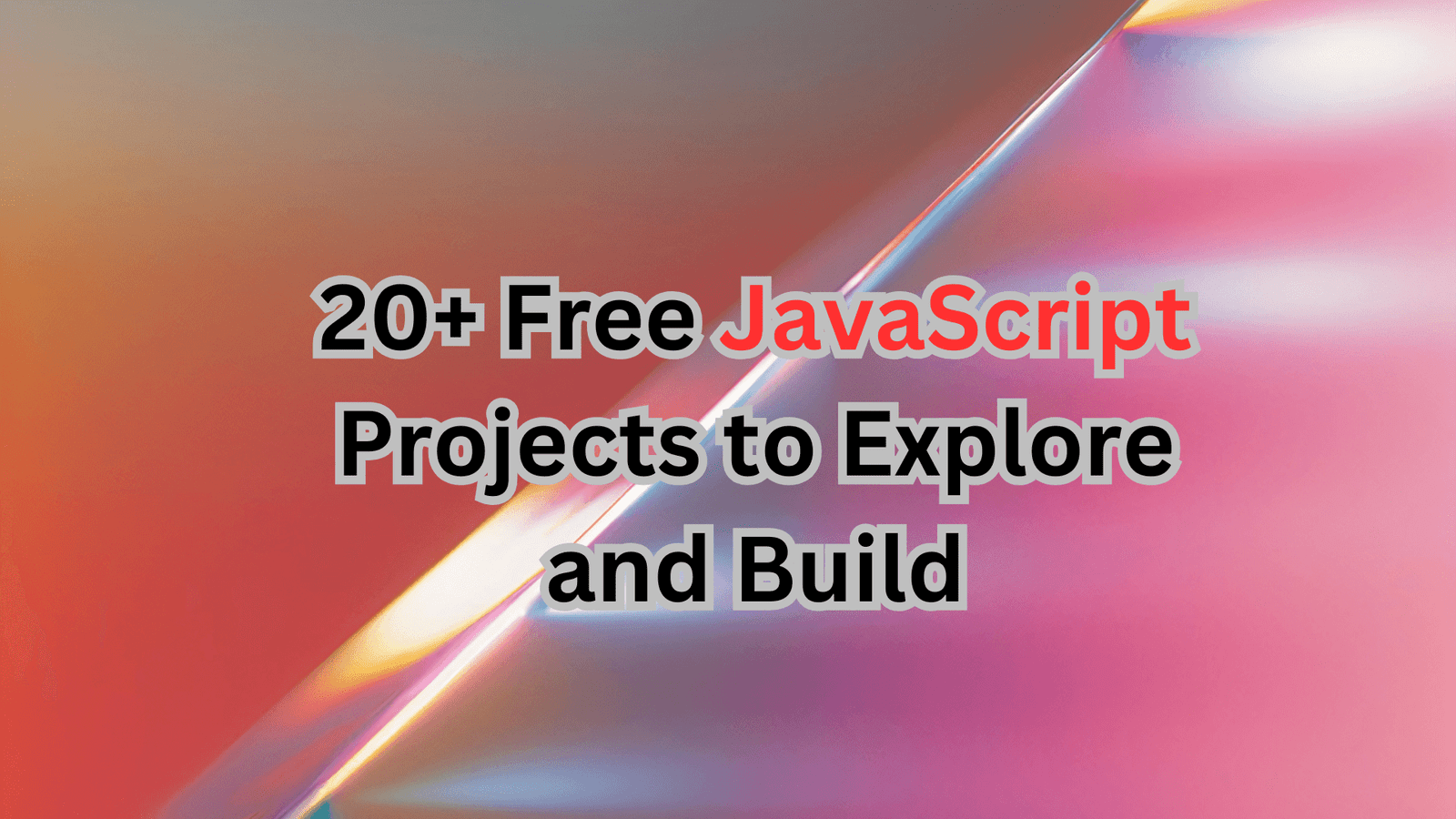Introduction In the modern era of cloud computing, software architecture plays a crucial role in enabling organizations to leverage the full potential of the cloud. With the increasing adoption of…
DBMS Interview Preparation: Code Examples and Question Answers

Preparing for a DBMS (Database Management System) interview can be a daunting task.
This blog post covers important DBMS interview questions along with code examples and answers.
Understand and practice these questions to showcase your knowledge and skills during a DBMS interview preparation.

Introduction
Preparing for a DBMS (Database Management System) interview can be a daunting task, especially if you are not familiar with the common questions and code examples that are often asked during such interviews.
In this blog post, we will cover some important DBMS interview questions along with their code examples and answers.
By understanding and practicing these questions, you will be better equipped to showcase your knowledge and skills during a DBMS interview.
1. What is a DBMS?
A DBMS is a software system that allows users to create, manage, and manipulate databases.
It provides an interface for users to interact with the database, perform various operations such as querying, inserting, updating, and deleting data, and ensures data integrity and security.
Code Example for DBMS Interview Preparation
CREATE TABLE Employees (
ID INT PRIMARY KEY,
Name VARCHAR(50),
Age INT,
Department VARCHAR(50)
);
2. What is the difference between a DBMS and a RDBMS?
A DBMS (Database Management System) is a software system that manages databases, while an RDBMS (Relational Database Management System) is a type of DBMS that stores data in the form of tables and enforces relationships between tables using primary and foreign keys.

Code Example for DBMS Interview Preparation
CREATE TABLE Orders (
OrderID INT PRIMARY KEY,
CustomerID INT,
OrderDate DATE,
FOREIGN KEY (CustomerID) REFERENCES Customers(CustomerID)
);
3. What is a primary key?
A primary key is a unique identifier for a record in a table. It ensures that each record in a table is uniquely identified and provides a way to uniquely reference a record from other tables.
Code Example:
CREATE TABLE Customers (
CustomerID INT PRIMARY KEY,
Name VARCHAR(50),
Email VARCHAR(50)
);
4. What is a foreign key?
A foreign key is a field in a table that refers to the primary key of another table. It establishes a relationship between two tables and ensures data integrity by enforcing referential integrity constraints.
Code Example for DBMS Interview Preparation
CREATE TABLE Orders (
OrderID INT PRIMARY KEY,
CustomerID INT,
OrderDate DATE,
FOREIGN KEY (CustomerID) REFERENCES Customers(CustomerID)
);
5. What is normalization?
Normalization is the process of organizing data in a database to eliminate redundancy and dependency.

It involves dividing a database into multiple tables and defining relationships between them to reduce data duplication and improve data integrity.
6. What are the different levels of normalization?
There are several levels of normalization, including:
- First Normal Form (1NF): Eliminates duplicate data by separating data into multiple tables.
- Second Normal Form (2NF): Ensures that each non-key attribute is fully dependent on the primary key.
- Third Normal Form (3NF): Eliminates transitive dependencies by removing attributes that depend on other non-key attributes.
- Fourth Normal Form (4NF): Eliminates multi-valued dependencies by separating multi-valued attributes into separate tables.
- Fifth Normal Form (5NF): Eliminates join dependencies by decomposing tables into smaller tables.
Conclusion
Preparing for a DBMS interview requires a good understanding of the fundamental concepts and the ability to apply them to real-world scenarios.
By reviewing the code examples and answering the questions provided in this blog post, you will be well-prepared to demonstrate your knowledge and skills during a DBMS interview.

Remember to practice and familiarize yourself with different scenarios to further enhance your proficiency in DBMS.
Good luck with your DBMS interview preparation!






























